Comprehensive Guide to Rapeseed Crop Planting
Boost Yield and Overcome Challenges
Introduction
Rapeseed cultivation continues to gain global importance as both a valuable oilseed crop and a versatile component in crop rotation systems. However, achieving optimal yields requires precise management of various agronomic factors and addressing common production challenges. This comprehensive guide synthesizes evidence-based practices from international research to help growers maximize rapeseed productivity while implementing sustainable farming methods.
Through strategic nutrient management and integrated pest control, producers can significantly enhance both yield quality and quantity. We’ve compiled the latest scientific findings and practical recommendations to address the core concerns faced by commercial growers worldwide.
Optimal Planting Strategies
Seed Selection and Density Management
According to Canadian research, using vigorous hybrid seeds ensures appropriate plant density of approximately 70 plants/m². This optimal density promotes healthy crop development while reducing vulnerability to abiotic stresses like frost, drought, and waterlogging, as well as biological threats including diseases and pests.
Proper seeding timing significantly influences establishment success. Studies indicate that planting glyphosate-tolerant rapeseed varieties in late April or early May at a rate of 150 seeds/m² delivers maximum economic returns. The robust early growth characteristics of hybrids enhance their competitive advantage against weeds, potentially reducing herbicide requirements.
Precision Fertilization Techniques
Strategic Nutrient Application
Canadian research demonstrates that applying nitrogen, phosphorus, potassium, and sulfate fertilizers within 2cm of seeds during planting significantly improves early growth. This precise placement ensures optimal nutrient availability during critical establishment phases.
Recent investigations have revealed that rapeseed root exudates possess Biological Nitrification Inhibition (BNI) capacity. This natural mechanism helps reduce nitrogen losses by inhibiting ammonia oxidation in soil, potentially increasing nitrogen use efficiency.
Tailored Fertilizer Solutions
For targeted nutrition, consider Trelfey’s Liquid Nitrogen Fertilizer (42-0-0) for rapid vegetative growth, supplemented with NPK Water Soluble Fertilizer (21-21-21) with trace elements for balanced nutrition. These specialized formulations address specific nutrient demands during different growth stages, supporting optimal development.
Advanced Weed Management
Integrated Control Approaches
Research consistently shows that herbicide-tolerant varieties can effectively reduce tillage requirements while improving weed control. Implementing glyphosate applications before the 4-leaf stage in tolerant varieties provides cost-effective weed management with reduced environmental impact.
Hybrid cultivars demonstrate enhanced competitiveness against weeds compared to open-pollinated varieties, potentially allowing reduced herbicide usage. This characteristic, combined with strategic timing of interventions, contributes to more sustainable weed control while maintaining yield potential.
Enhancing Soil Health
Microbial Management
Soil microbial communities play crucial roles in nutrient cycling and plant health. Incorporating Anti-Replant Microbial Inoculant can help mitigate soil fatigue issues in continuous cropping systems, promoting healthier root development and improving nutrient availability.
The BNI capacity observed in rapeseed varieties like Hyola 404RR and Hyola 555TT reduces nitrification rates by 26-62%. This preservation of nitrogen in ammonium form decreases leaching losses and supports microbial nitrogen immobilization, ultimately building soil organic nitrogen reserves.
Organic Amendment Strategies
For large-scale operations, applying 2 tons per hectare of bio-organic fertilizer provides substantial benefits. Alternatively, using Potassium Humate Granules or Microbial Bio-organic Fertilizer can improve soil structure and microbial activity, supporting long-term soil health and productivity.
Water and Nutrient Optimization
Efficient Irrigation Management
Proper water management remains critical throughout the growing season, particularly during flowering and seed development stages. Balanced moisture levels support optimal nutrient uptake while reducing disease pressure.
Foliar Nutrition Solutions
Supplemental nutrition through foliar applications can address specific nutrient demands during peak growth periods. Trelfey’s Amino Acid + Trace Elements Liquid fertilizer provides readily available micronutrients, while Amino Acid + Calcium Magnesium + Fish Protein Liquid formulation supports cell wall strength and photosynthetic efficiency.
Pest and Disease Control
Integrated Protection Methods
Regular monitoring for common rapeseed pests like flea beetles and aphids allows timely intervention. Combining cultural practices with targeted insecticide applications when necessary provides effective control while minimizing environmental impact.
Fungicide applications require careful timing to manage diseases like sclerotinia stem rot and blackleg. Preventive measures, including proper crop rotation and residue management, significantly reduce disease pressure and protect yield potential.
Harvest Management
Optimal Timing Indicators
Monitoring seed moisture content and pod color changes helps determine ideal harvest timing. Properly timed harvest operations minimize shattering losses while preserving seed quality, directly impacting marketability and profitability.
Post-Harvest Considerations
Efficient drying and storage conditions maintain seed viability and oil quality. Implementing appropriate post-harvest handling procedures ensures the preservation of crop value until marketing or processing.
Conclusion
Successful rapeseed production demands integrated management addressing planting, nutrition, and protection factors. By implementing these research-backed practices and leveraging specialized fertilizer solutions from Trelfey’s fertilizer wholesale factory, growers can effectively overcome common production challenges while optimizing profitability.
The natural BNI capacity of rapeseed, combined with strategic nutrient management using tailored NPK fertilizer wholesale products, provides significant opportunities for enhancing nitrogen use efficiency and reducing environmental impacts.
If you have any questions that need to be answered, you can always find us through the chat icon in the lower right corner of the page or directly enter Trelfey’s store to view the products.
Of course, you can also check out our other social media (such as Linkedin) to learn more about us.
References
Agriculture and Agri-Food Canada: Integrated Canola Management System
Plant Biotechnology Journal: Radiation Mutagenesis for Oilseed Trait Improvement
The Western Producer: Canadian Agricultural Publication
Brownfield Ag News: US Agricultural News
DTN Progressive Farmer: Agricultural Analysis
Frontiers of Agricultural Science and Engineering: Biological Nitrification Inhibition in Rapeseed
FAO Statistical Database: Global Agricultural Data

Our fertilizer boosts rapeseed growth at every stage! 🌿 Lush, uniform fields with stronger stems & higher pod density.
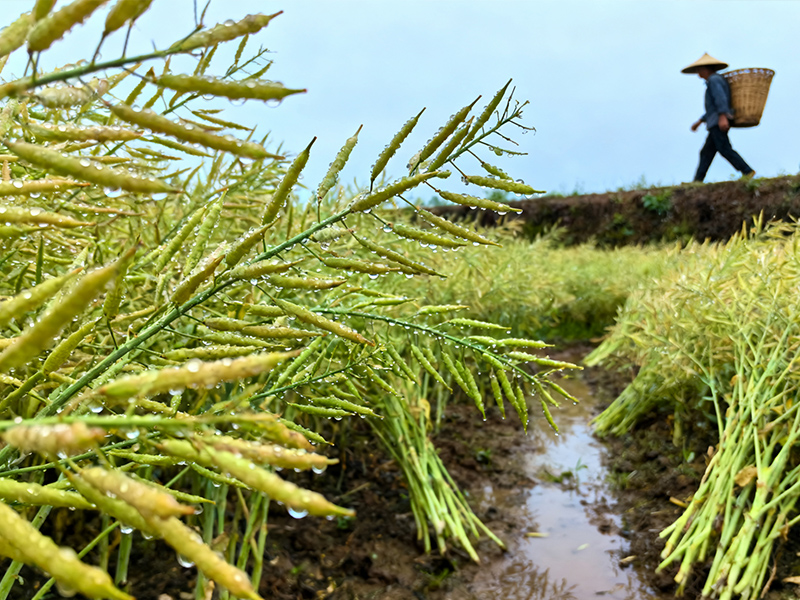
Bumper harvest in progress! 💪 Our nutrient-balanced formula increases seed count & oil content. See those full pods?
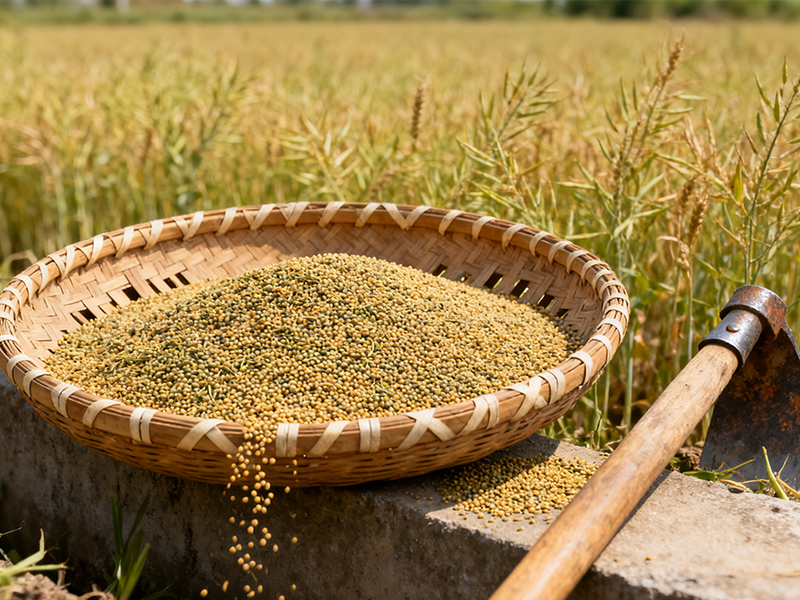
Plump, golden seeds = top market value! ✨ Our fertilizer enhances size, color & purity. Ready for premium oil extraction!
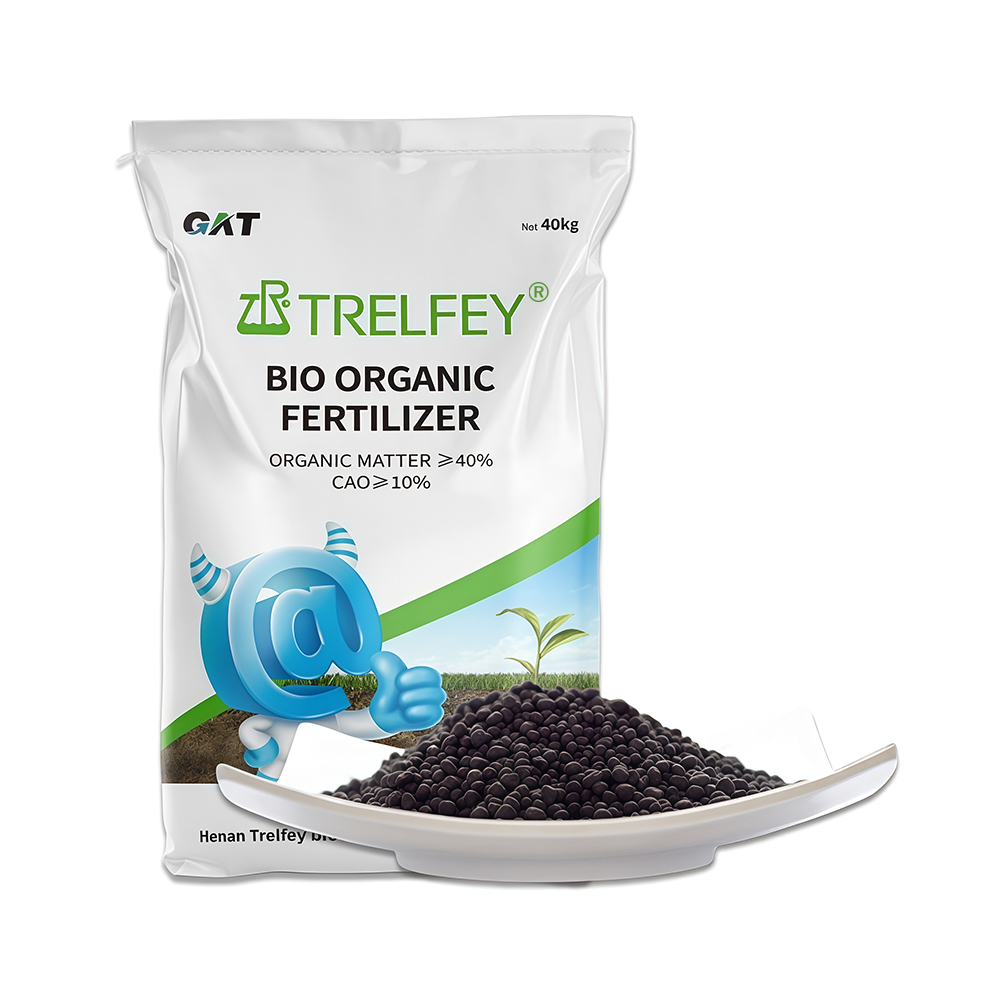
Bio-organic fertilizer
Organic matter ≥40%, CaO≥10%
The number of beneficial live bacteria ≥0.20 billion/g
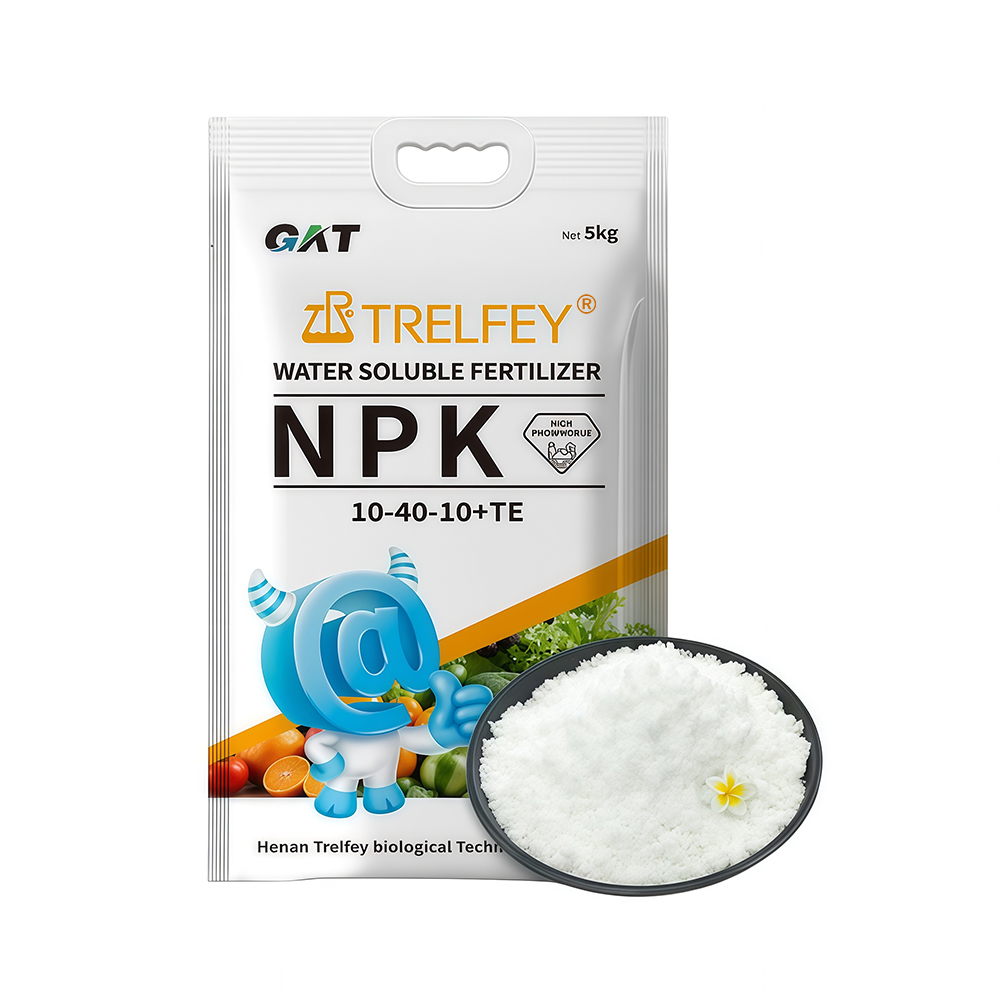
Water soluble fertilizer
Protect the roots and nourish the roots, protect the buds and protect the flowers
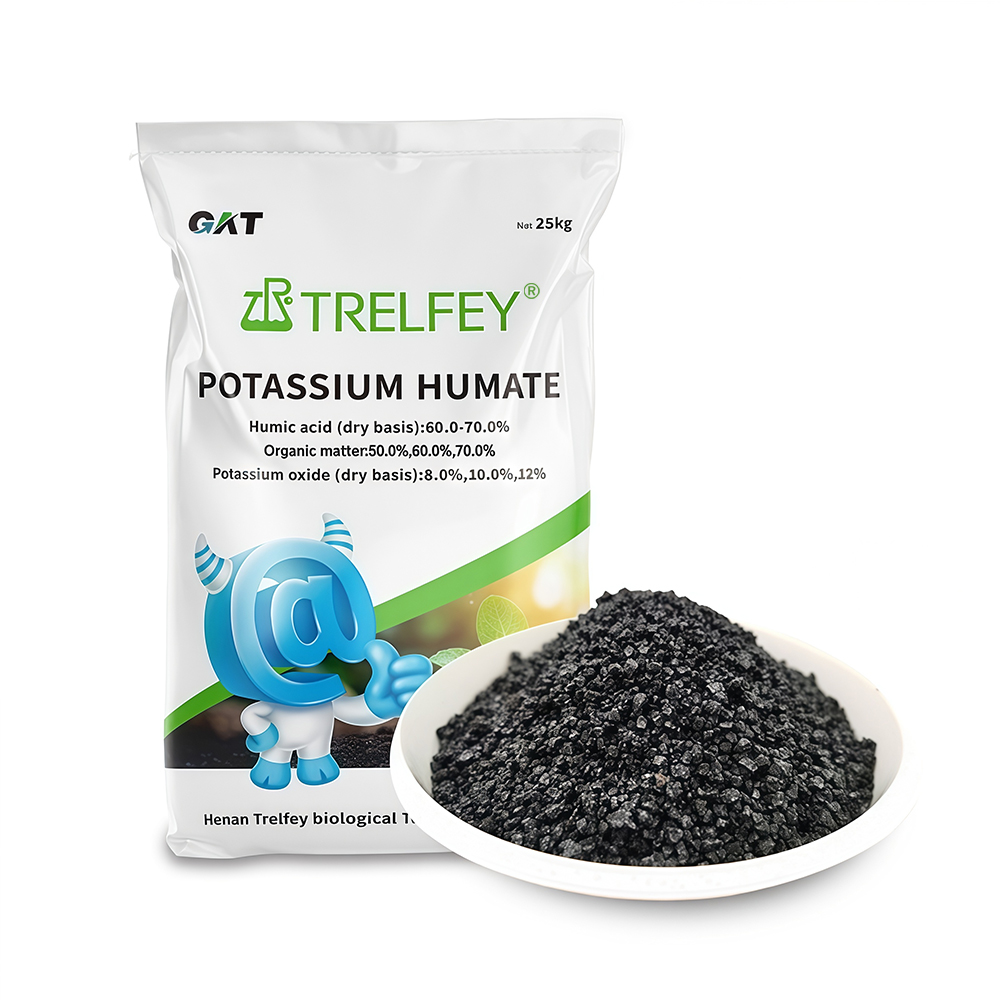
Potassium humate granules
Humic acid (dry base): 60.0-70.0%
Total nutrient (KOO): 8.0%-12.0% (customizable)
